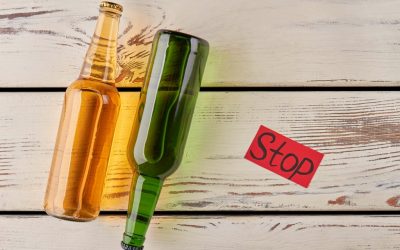Why is Alcohol so Addictive? Makana Path Texas
Content
A causal relationship has been established between harmful drinking and incidence or outcomes of infectious diseases such as tuberculosis and HIV/AIDS. The harmful use of alcohol can also result in harm to other people, such as family members, friends, co-workers and strangers. Overall, 5.1% of the global burden of disease and injury is attributable to alcohol, as measured in disability-adjusted life years . If you’re ready to experience a life free from addiction, we’re ready to help you get there. Makana Path is a rehabilitation facility that offers state-of-the-art detox. With semi-private rooms, cozy common spaces, and a fully stocked kitchen, Makana Path is designed to feel like home.

A BAC of 10% means that an individual’s blood supply contains one-part alcohol for every 1000 parts blood. Blood Alcohol Concentration equation including alcohol dose and time. BAC also depends on gender, body fat percentage, rate of alcohol metabolization. A social drinker who weighs 150 pounds https://ecosoberhouse.com/ with normal liver function metabolizes about 5-7 grams of alcohol per hour, about half a beer of ¼ of another drink. With over 100 million people in the U.S. drinking vodka, this alcoholic drink is obviously very popular. How does this alcoholic drink’s potency compare to other liquors?
Long-Term Side Effects of Alcohol
A “craving” is a sensation or a thought or a feeling that urges one to drink. Anything could remind someone of drinking and trigger a craving. There are two sorts of triggers that could cause someone to crave alcohol. At North Jersey Recovery Center, we strive to make your addiction treatment experience as comfortable as possible. This deficiency can lead to Wernicke-Korsakoff Syndrome, which is a brain disorder causing encephalopathy or psychosis. Is alcohol a drug that is considered as intense as prescription depressants?
Regardless of what you believe or what you’ve heard, there is hope. When you begin a program at Gateway, you will find a team of professionals who are ready to walk the road of recovery with you. We aren’t only here for the withdrawal process — we’re with you every step of the way, no matter how long it takes. Many people don’t realize alcohol is one of the world’s most addictive and dangerous substances. Alcohol abuse links to more than 60 diseases, and abuse of this substance is more likely to adversely impact others besides the person using it. Alcohol and socializing have gone hand in hand for centuries — so much so that it’s easy to forget alcohol is a drug.
Is Liquor More Addictive Than Beer?
Addiction can happen to anyone, and there is no single driving factor that leads to it. While some people turn to alcohol and other drugs to help cope with boredom or stress, others may use psychoactive substances to deal with a mental health condition. Some may even develop opioid use disorder after misusing prescribed opioids. While it is an addictive and potentially harmful as some prescription and illicit drugs, almost every adult in the United States has experimented with alcohol. The National Survey on Drug Use and Health highlights that 86.4 percent have tried alcohol at some point in their lives. The normalization of alcohol as a recreational drug is primarily because it’s legal and has been since the prohibition.

A dissociative drug developed as an intravenous anesthetic that has been discontinued due to serious adverse effects. During this stage, a person experiences the rewarding effects of alcohol, such as euphoria, the reduction of anxiety, and the easing of social interactions.
Alcohol Consumption and Social Influences
Not only do all impair a person’s ability to make rational decisions, they can also put the lives of others in danger if individuals are pregnant or choose to drive while under the influence. In comparison to beer and wine, liquor contains the highest alcohol content of the three beverages. Examples of liquor include tequila, gin, whiskey, vodka, and rum. A typical serving size of liquor is 1.5 fluid ounces of distilled spirits which contains about 40% alcohol.
What alcohol is a depressant?
Alcohol is classified as a Central Nervous System Depressant, meaning that it slows down brain functioning and neural activity. Alcohol does this by enhancing the effects of the neurotransmitter GABA.
Too often, people underestimate how much they have had to drink because they aren’t using standard measurements. Alcohol addiction treatment should be accessible to everyone. At Gratitude Lodge, we work is wine addictive with most insurance plans to cover the costs of alcohol rehab. Alcohol is a psychoactive substance with dependence-producing properties that has been widely used in many cultures for centuries.